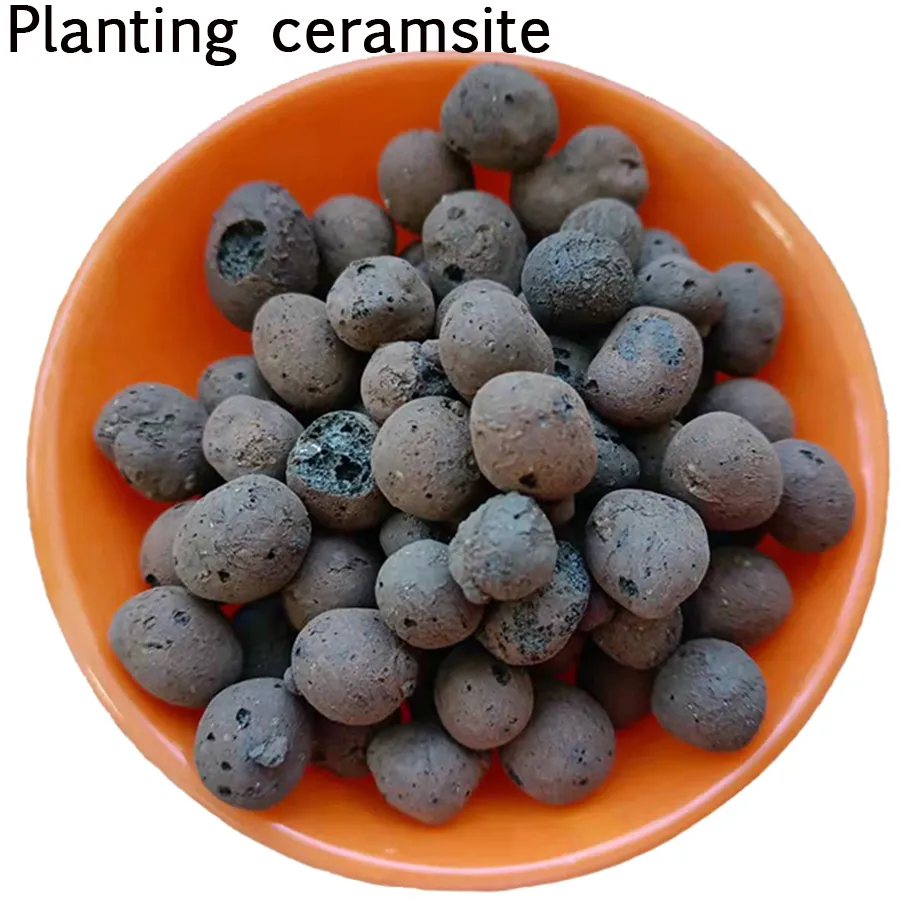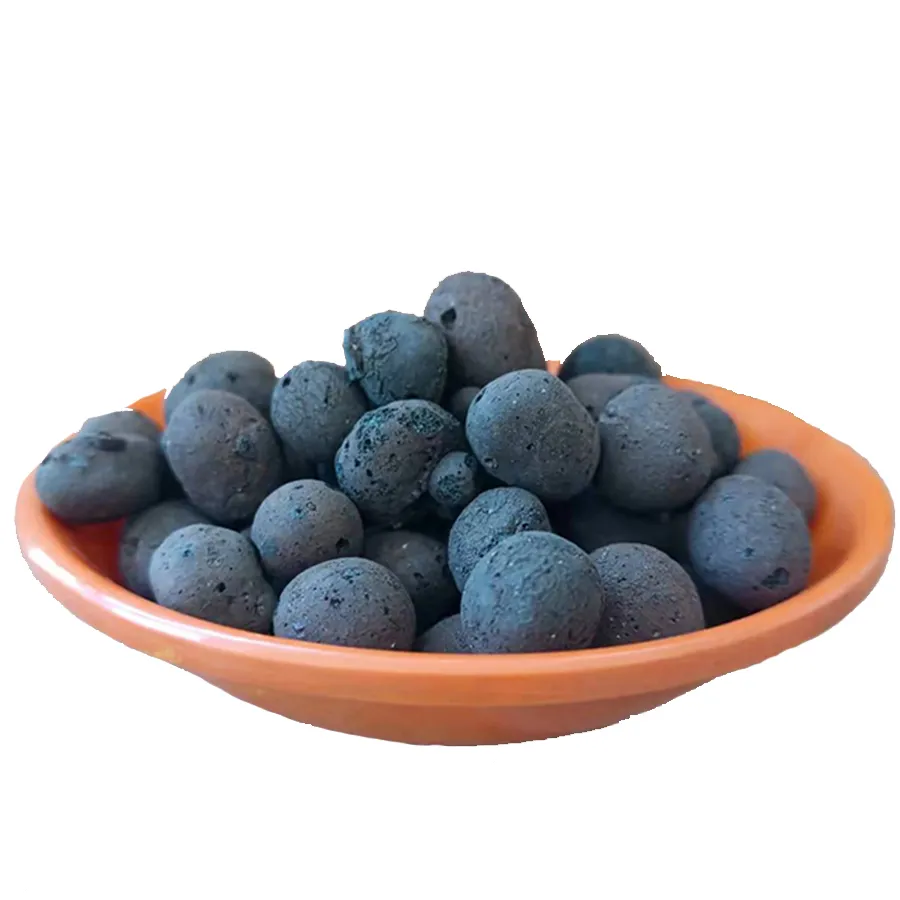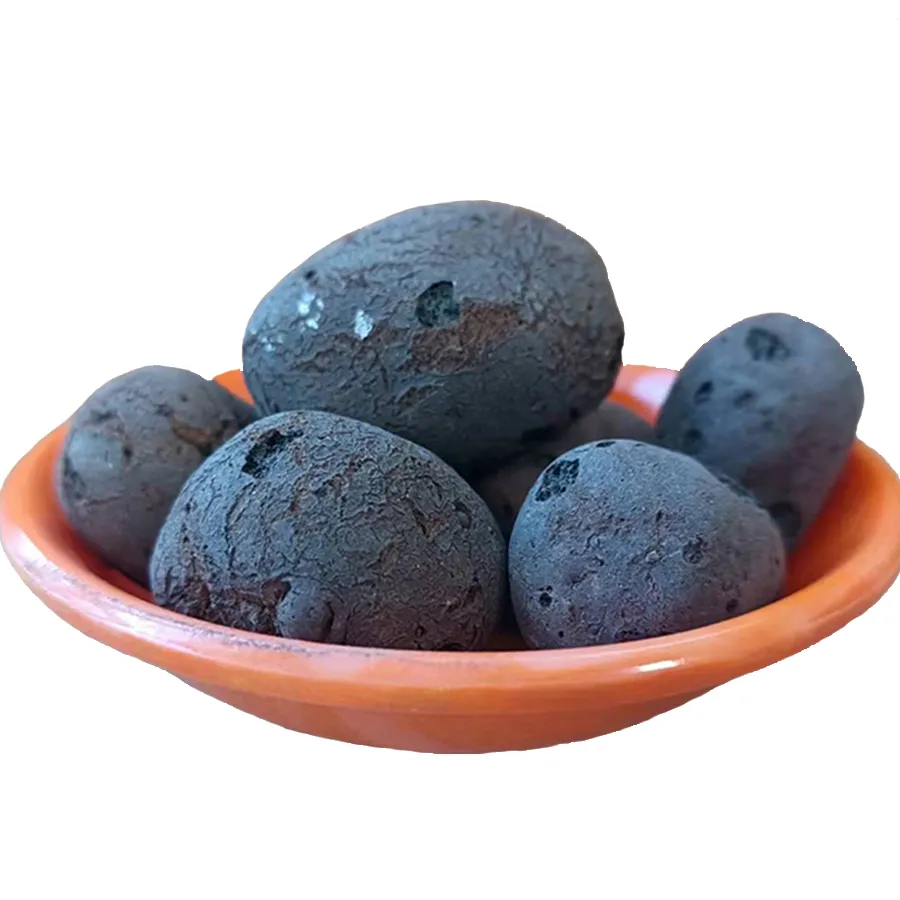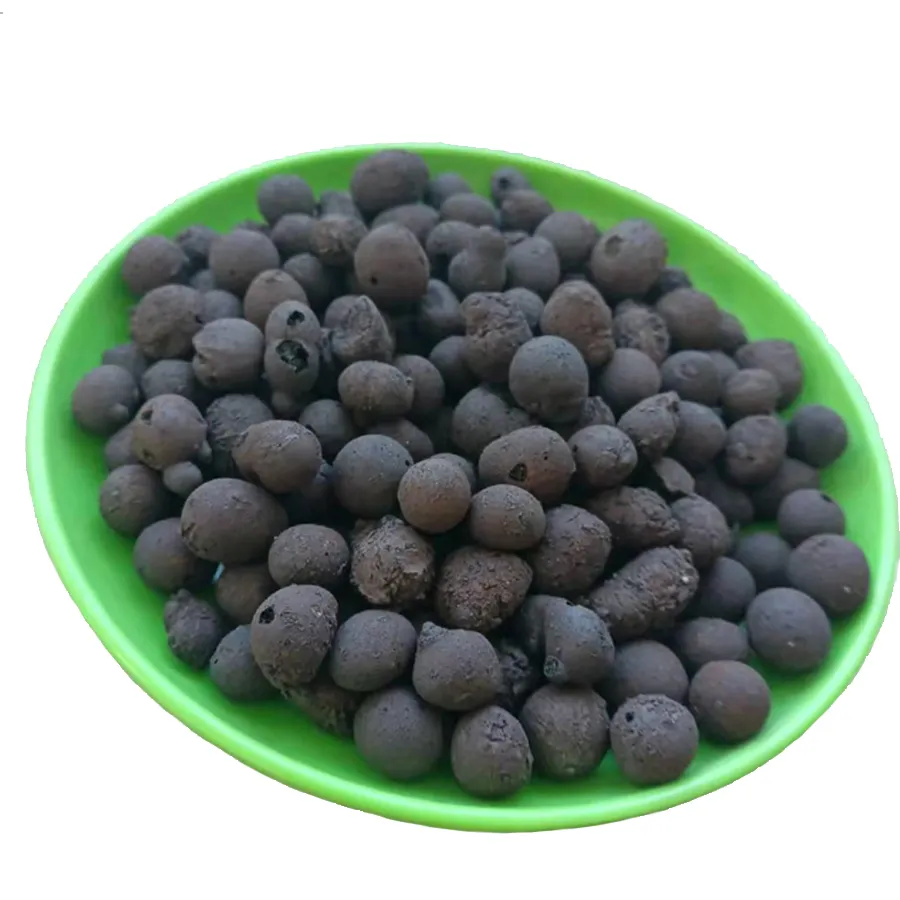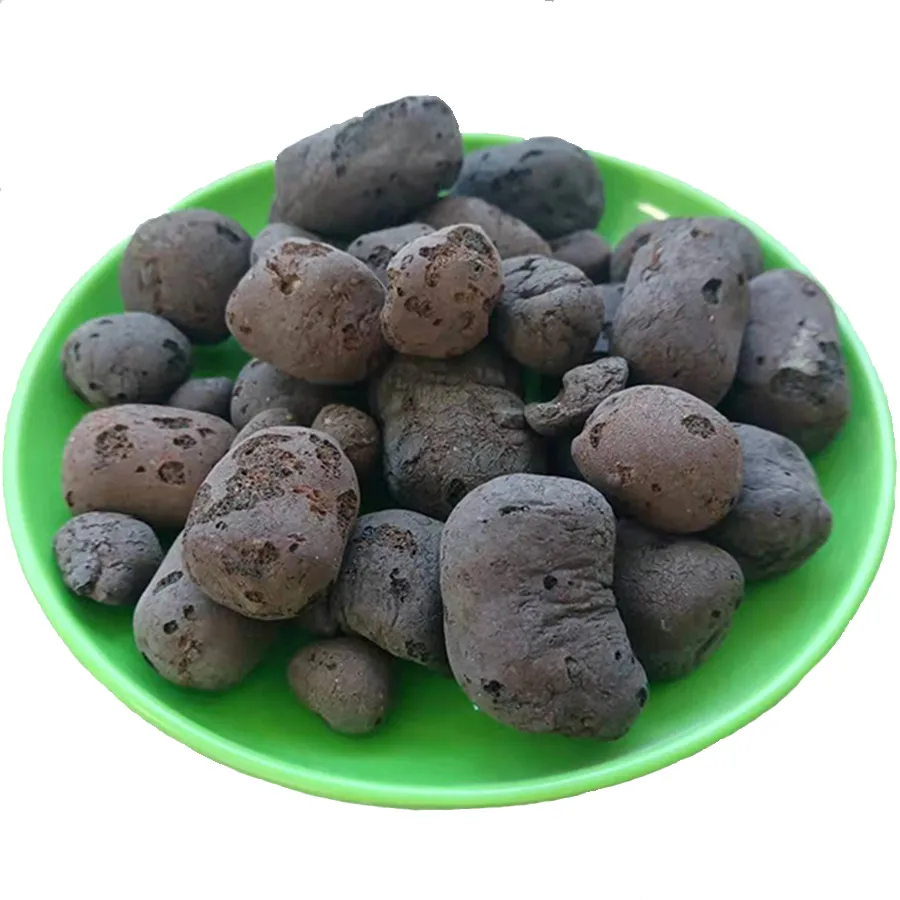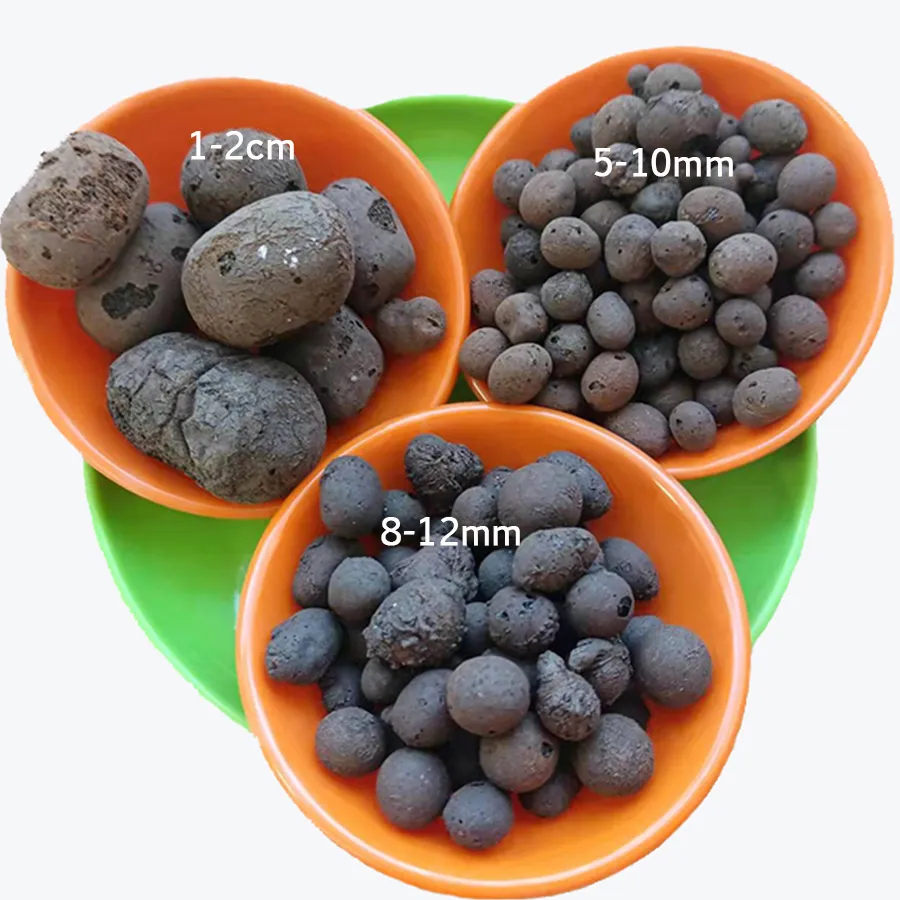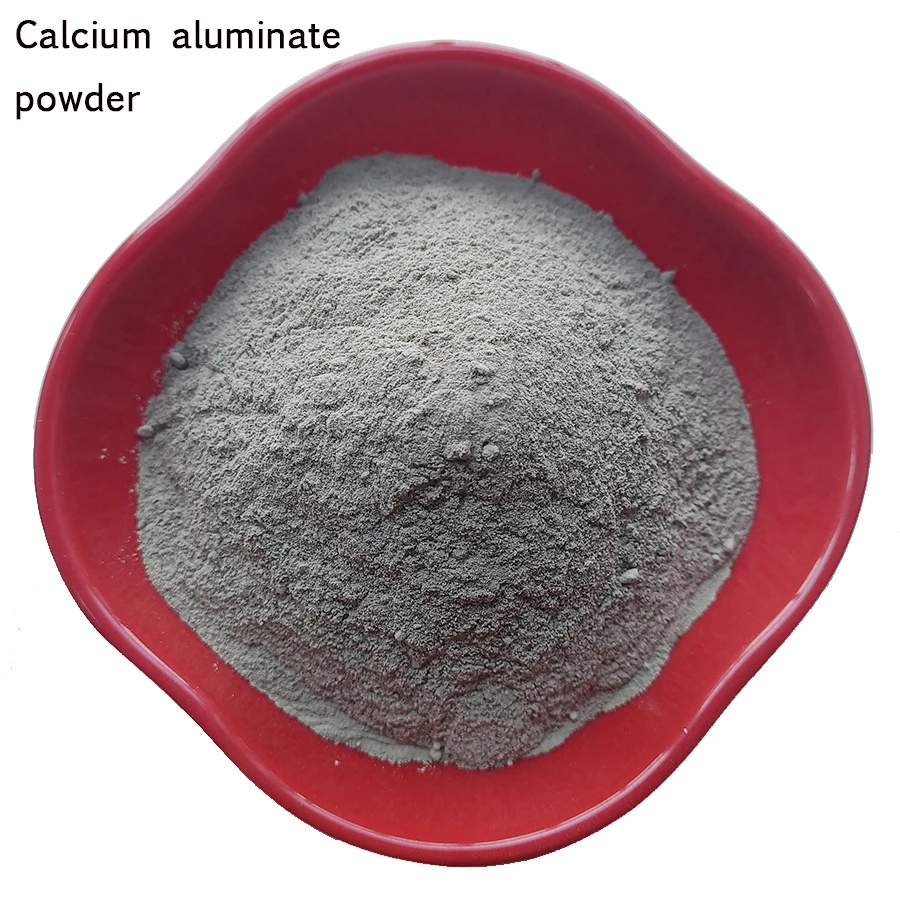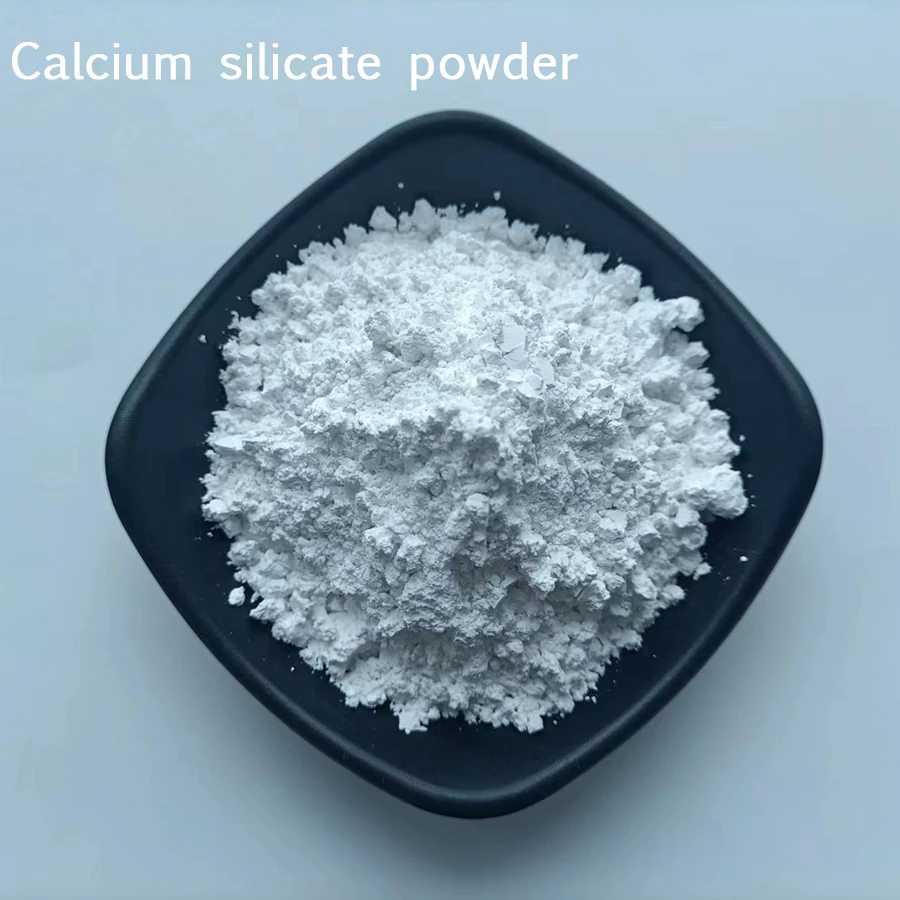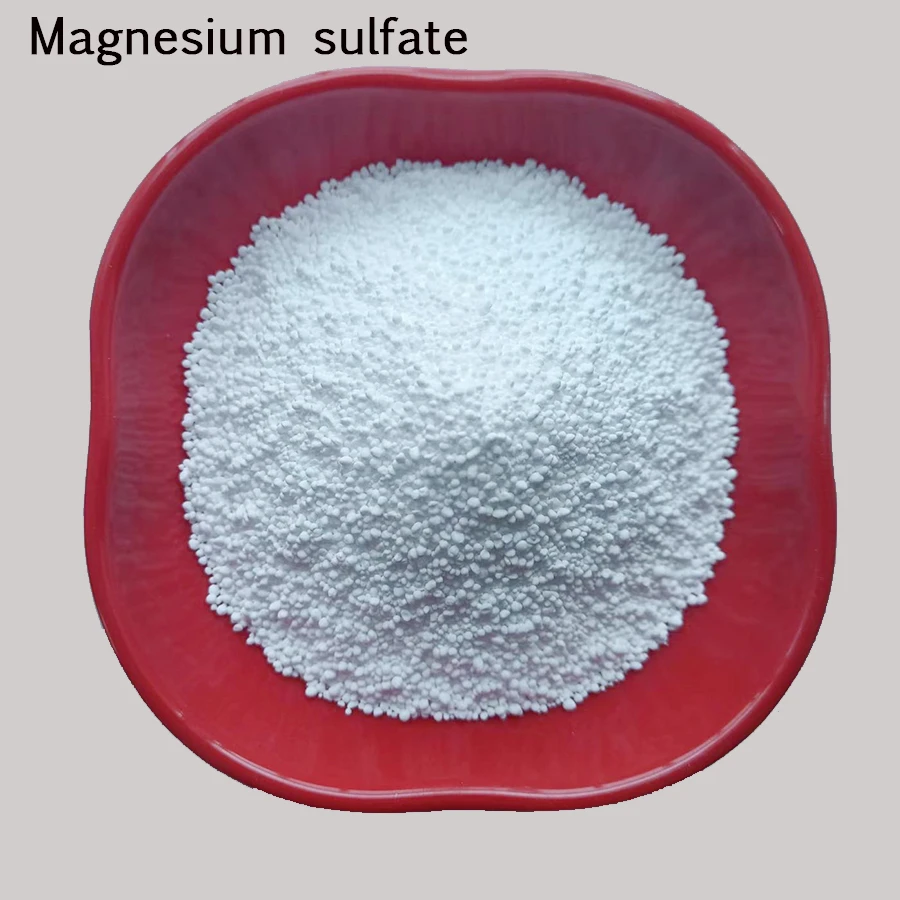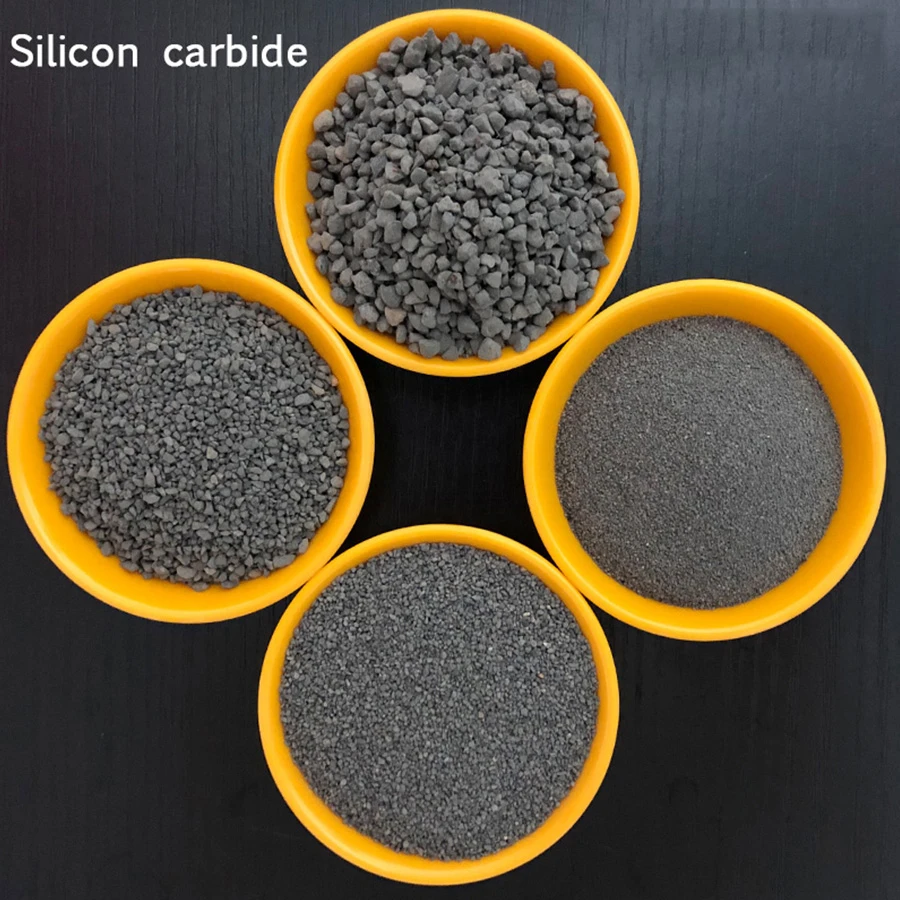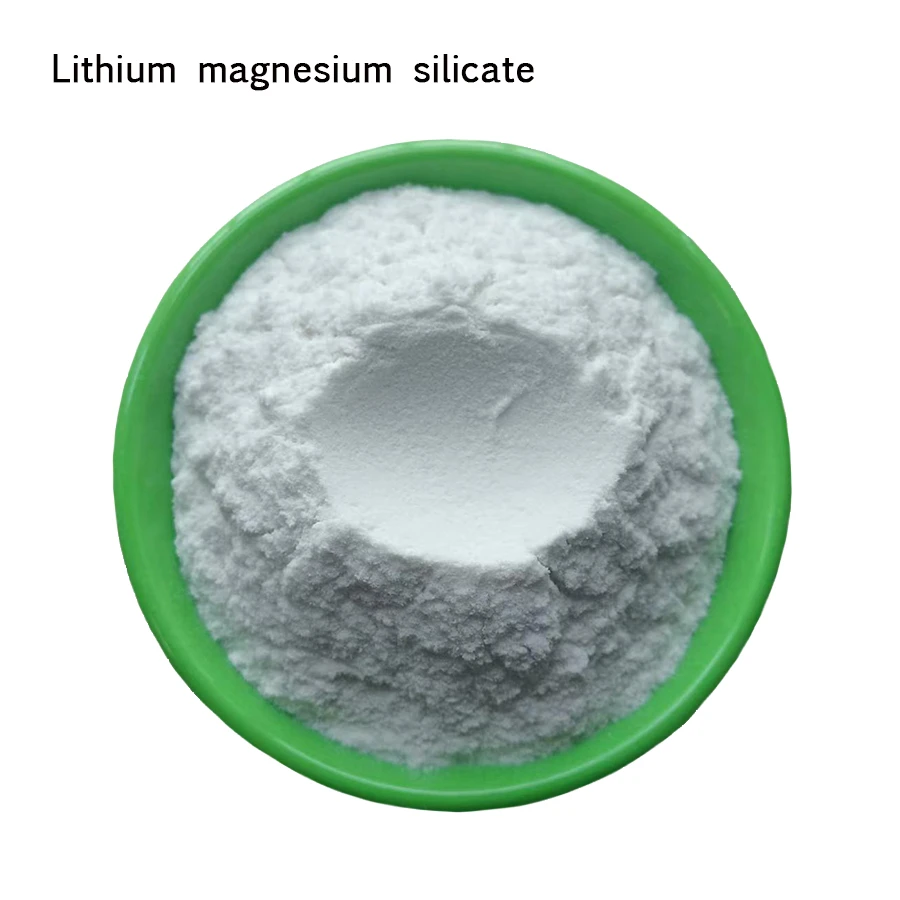
- Afrikaans
- Albanian
- Arabic
- Belarusian
- Bengali
- Czech
- Danish
- Dutch
- English
- Finnish
- French
- Galician
- German
- Greek
- Hebrew
- Hungarian
- Indonesian
- irish
- Italian
- Japanese
- Javanese
- kazakh
- Khmer
- Rwandese
- Korean
- Kyrgyz
- Lao
- Latin
- Latvian
- Lithuanian
- Malay
- Maltese
- Mongolian
- Myanmar
- Norwegian
- Persian
- Polish
- Portuguese
- Romanian
- Russian
- Serbian
- Slovak
- Spanish
- Swedish
- Tagalog
- Thai
- Turkish
- Ukrainian
- Vietnamese
- Welsh
What Is Ceramsite and Why Is It Ideal for Plants?
When it comes to modern, sustainable gardening solutions, ceramsite stands out as a lightweight, porous, and highly effective growing medium. But what is ceramsite, and why is it increasingly used in plant cultivation across the globe?
Ceramsite—also known as expanded clay aggregate—is a type of fired clay pellet that’s been specially processed at high temperatures. The result is a round, lightweight stone with a honeycomb-like interior, making it both water-retentive and breathable. This structure not only helps in water management but also promotes root aeration, which is crucial for healthy plant development.
One of the main advantages of using ceramsite for plants is its excellent drainage ability. Unlike traditional soil that can become compacted and suffocate roots, ceramsite ensures excess water is drained away while still retaining enough moisture for roots to absorb. This balance makes it perfect for indoor potted plants, succulents, bonsai, and hydroponic systems.
Ceramsite is also pH-neutral and free from harmful substances, making it safe for both ornamental and edible plants. Its lightweight nature makes it easy to handle, especially for container gardening and rooftop gardens. Additionally, the aesthetic value of the smooth, rounded pellets adds a clean and modern touch to any planter.
Another key benefit of ceramsite for plants is its reusability. Unlike some substrates that degrade over time, ceramsite maintains its shape and function over multiple uses. Simply rinse and sterilize, and it’s ready to go again, making it a sustainable option for eco-conscious gardeners.
In summary, ceramsite is more than just a planting medium—it's a smart, efficient, and sustainable solution for modern gardening needs. Whether you’re growing herbs on a balcony or designing a high-tech hydroponic system, ceramsite provides a reliable foundation for your plants to thrive.
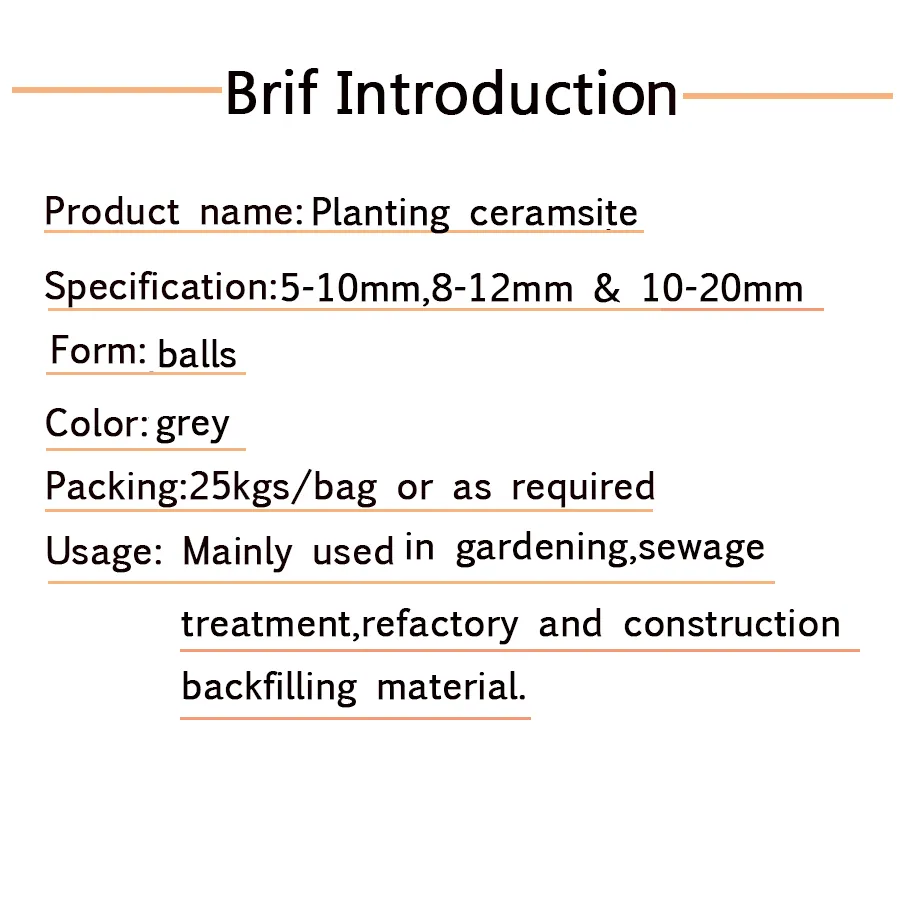
How to Use Ceramsite for Plants in Gardening?
Ceramsite is a lightweight and porous material that provides excellent drainage and aeration for your plants, making it an essential addition to both indoor and outdoor gardening. Here’s how you can use ceramsite for your plants to improve growth and health.
1. Soil Amendment for Better Drainage
One of the simplest ways to use ceramsite is by mixing it into your regular potting soil. This helps to improve soil drainage, preventing waterlogging and root rot, which are common problems in many plants. You can add about 20-30% ceramsite to the soil mix, ensuring better aeration and reducing compaction over time. This is especially beneficial for plants like succulents and cacti that require well-drained soil.
2. Potting Medium for Indoor Plants
When potting your indoor plants, ceramsite can be used as a base layer at the bottom of the pot. This promotes excellent drainage, preventing water from stagnating at the roots. You can fill the bottom 1/3 of your pot with ceramsite and then add soil on top. This technique is ideal for indoor plants like ferns, orchids, and peace lilies, which thrive in well-aerated soil.
3. Hydroponics and Aquaponics Systems
For hydroponic and aquaponic gardening, ceramsite can be used as a growing medium. Its porosity allows it to hold enough water for plant roots while still promoting air circulation. Simply place ceramsite in your hydroponic system as a substitute for traditional growing media like rock wool or clay pebbles.
4. Garden Beds for Outdoor Plants
For outdoor gardens, mixing ceramsite into your garden beds improves soil structure and enhances water retention. It works especially well for plants in containers, raised beds, and garden plots with heavy or clayey soil. Its lightweight nature also reduces the effort required for soil turnover and gardening.
By incorporating ceramsite into your gardening practices, you'll create a healthier, more efficient environment for your plants to thrive.
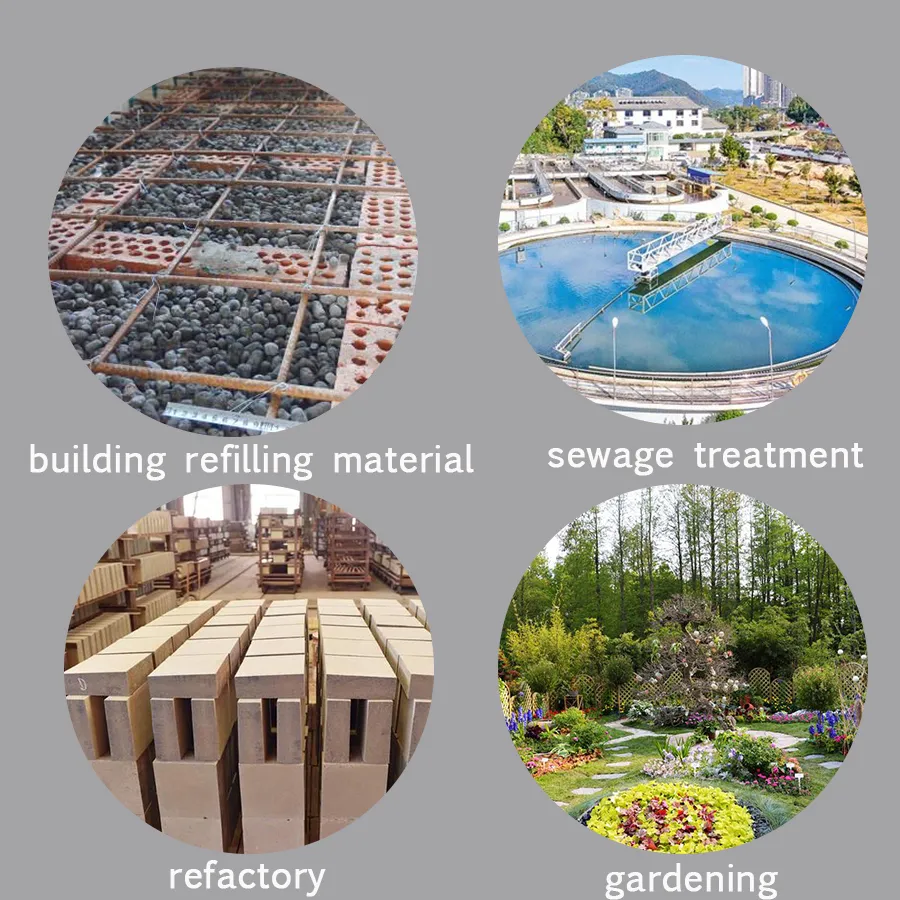
FAQs about Planting Ceramsite
Q1: What makes planting ceramsite different from other growing media?
A1: Unlike traditional soil or gravel, planting ceramsite is lightweight, highly porous, and has excellent drainage properties. Its unique structure improves root oxygenation and prevents waterlogging, making it an ideal choice for both indoor and outdoor gardening. It's especially beneficial for plants that require good water drainage, such as succulents and orchids.
Q2: Can I use planting ceramsite for both indoor and outdoor plants?
A2: Yes, Ceramsite for plants is versatile and works well for both indoor and outdoor gardening. For indoor plants, it helps maintain the right moisture balance, and for outdoor gardens, it improves soil aeration and reduces compaction, providing a healthier environment for plant roots.
Q3: Is Planting Ceramsite suitable for hydroponic systems?
A3: Absolutely! Ceramsite is an excellent medium for hydroponic gardening. Its porous nature allows for superior water retention and efficient nutrient absorption, ensuring your plants thrive in a soilless system.
Q4: How does planting ceramsite improve plant growth?
A4: Ceramsite for plants enhances growth by ensuring proper drainage and aeration, preventing root rot while facilitating healthy root development. It also reduces the need for frequent watering and helps maintain stable moisture levels in the soil, making it perfect for a wide range of plant species.
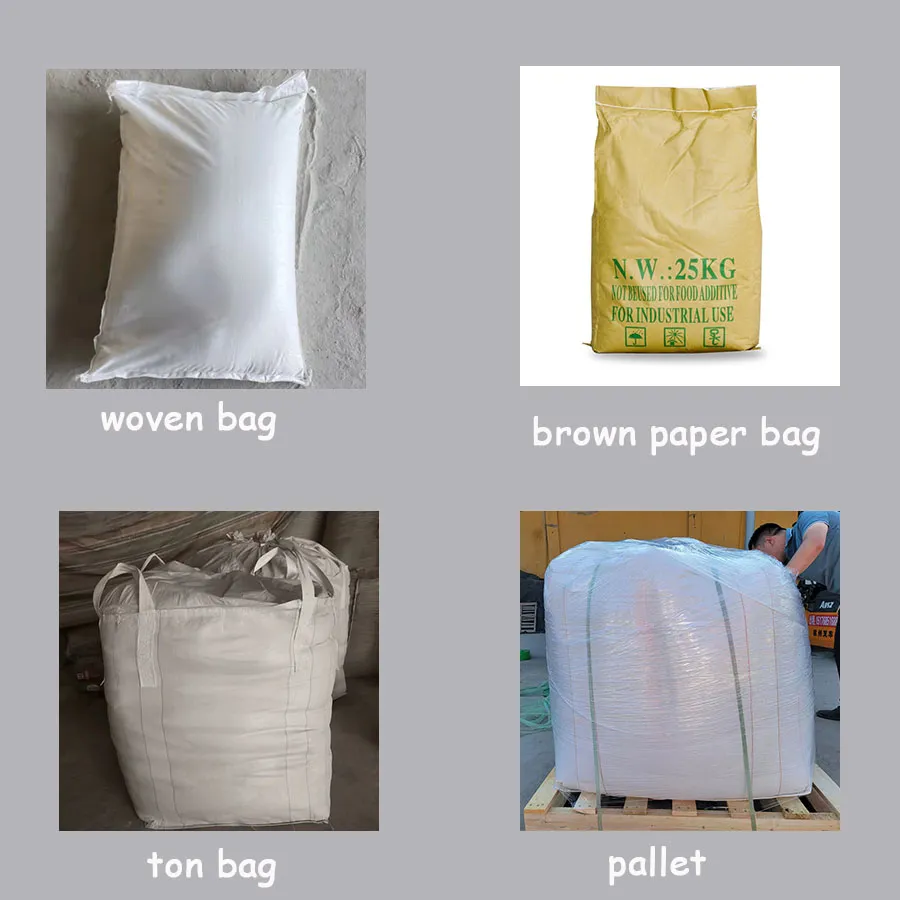
Related Products
The main products include mica,vermiculite,volcanic and stone products.


Related News




